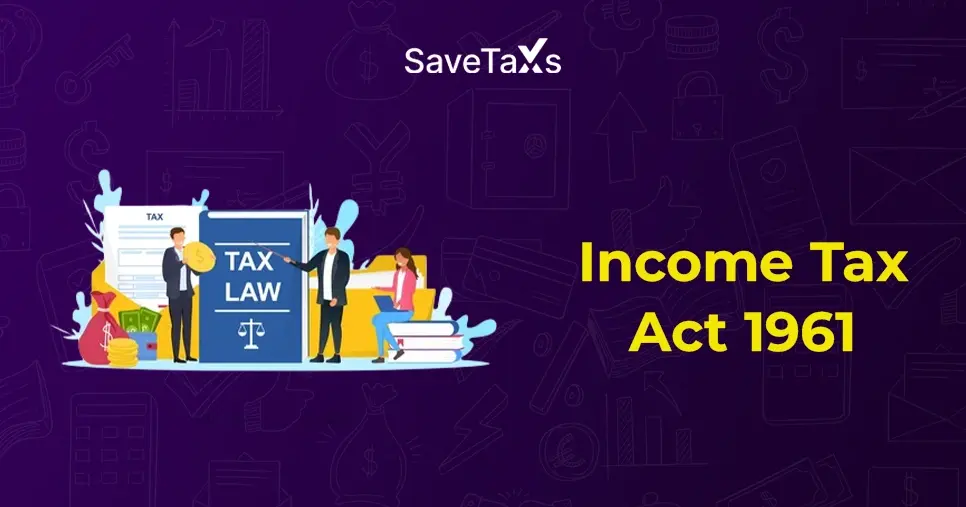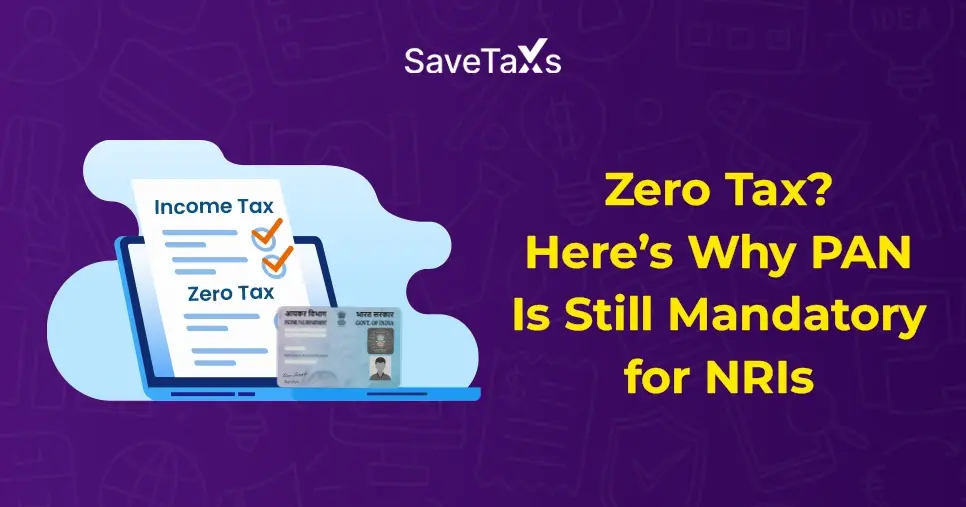- What are the Fund Transfer Options for NRIs?
- What are the Documents Required to Transfer From an NRO To an NRE Account?
- What are the Transfer Limits and Processing Times?
- What Affects the Speed and Availability of These Online Payment Systems?
- Cost Analysis for NRI Transfers
- Cost Comparison for Various Transfer Amounts
- How to Choose the Right Transfer Method?
- The Bottom Line
An NRI uses NEFT, RTGS, and IMPS to transfer funds to an NRO Account in India, depending on the transaction's urgency and amount. The difference between these three lies mainly in their transfer limits, settlement speed, and the reason for use.
IMPS allows you to transfer money 24*7, even during bank holidays, and is operated by the NPCI. You may send any amount from Rs. 1 to 2 lakhs through the up-to-the-minute processing. On the contrary, NEFT and RTGS are for non-urgent batch-processed transfers. RTGS is for high-value, immediate transfers, and you can send a larger amount using RTGS.
The amount can exceed Rs. 2 lakhs with immediate settlement and no upper limit. Additionally, NEFT processes transactions in batches throughout the day and works with any amount. However, it might require some hours to complete.
NEFT and RTGS are managed by the RBI (Reserve Bank of India). In this blog, we will discuss these three transfer methods and learn the difference between them. Additionally, we will also understand the processing times, limits, and costs to make it easier for an NRI to make a smart decision when sending money to India.
- NEFT, RTGS, and IMPS are three transfer methods for NRIs to transfer funds from the NRO Account to the NRE Account.
- NEFT (National Electronic Fund Transfer) is ideal for routine/scheduled payments. The minimum amount to transfer through NEFT is Rs. 1 with no maximum limit on transactions.
- RTGS is effective for urgent transactions. The minimum transfer amount through RTGS is Rs. 2 lakh with no maximum limit on transactions.
- IMPS is tailored for personal transfers. The minimum transfer amount through IMPS is Rs. 1, with a maximum limit of Rs. 5 lakh (depends on the bank).
What are the Fund Transfer Options for NRIs?
NEFT, RTGS, and IMPS are three electronic fund transfer systems for NRIs. These are the ways used to transfer funds from NRO Account to NRE Account. All three ways of transferring funds are different in speed, transaction limits, and purpose. NEFT stands for National Electronic Funds Transfer, which processes transfers in half-hourly batches all day long.
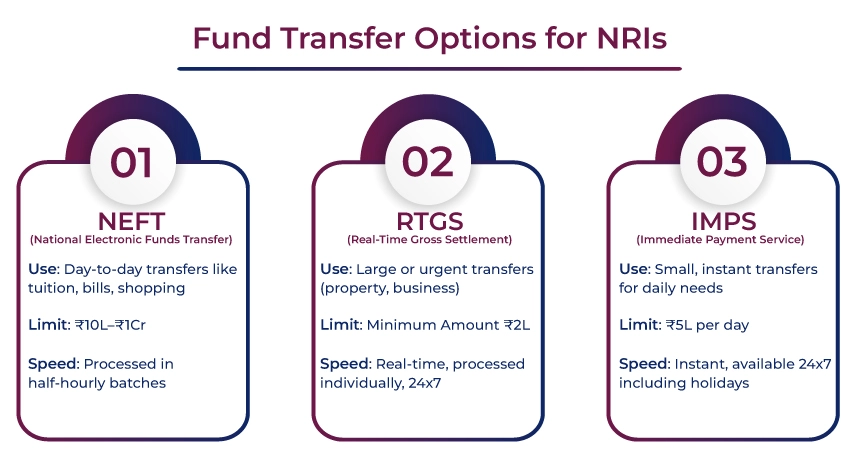
An NRI may transfer up to Rs. 10 lakhs or Rs. 1 crore, depending on their customer segment. This system is ideal for day-to-day transactions such as buying goods or paying tuition fees.
RTGS (Real-Time Gross Settlement) manages large transactions with a minimum amount of Rs. 2 lakhs. It is ideal for high-value urgent transfers. The system works for 24hours * 365days. It is the Best way to transfer big funds from an NRO Account to an NRE Account.
When you use the RTGS system to transfer money, the amount gets credited to the beneficiary's account in real time. This is because the RTGS processes transactions individually and continuously during the day.
It works best, particularly when you have significant transfers such as purchasing a property or investing in a business.
Now the third one is IMPS, commonly used for daily and small transactions. The full form of IMPS is (Immediate Mobile Payment Services). This system allows international bank fund transfers in real-time. You can use an IMPS round the clock during the year, even during bank holidays. It allows you to make instant transfers of up to Rs. 5 lakhs. But it is the maximum limit to transfer per day. Nowadays, UPI is starting to be used to transfer funds abroad as Singapore allows it. But the problem is that they are charging higher exchange rates. It is commonly used for local transfer or for daily expenses, not to the NRE Account.
What are the Documents Required to Transfer From an NRO To an NRE Account?
If an NRI wants to transfer funds abroad or keep them in an NRE account, then he must do proper documentation so that it can be done smoothly. Here is the document list to transfer NRO Funds to NRE Account.
- PAN card or Form 60
- Overseas address proof
- A valid visa or work permit
- Valid copy of your passport
Additionally, as per the regulations of FEMA, an NRI must submit these documents when transferring funds:
- Evidence of the source of funds
- Form 15CA (online declaration)
- Form 15CB (chartered accountant certificate)
An NRO account has a maximum threshold for the repatriation limit of 1 million USD every fiscal year. Before transferring funds from an NRO account, the user needs to pay all the applicable taxes. Once they pay the appropriate tax, then Chartered Accountant (CA) will issue 15CB. It is a very important document when transferring funds. It can only be issued by a Chartered Accountant.
What are the Transfer Limits and Processing Times?
Each transfer methods have different processing times and amount limits, which affect how an NRI can use them. Here is a comparison between the maximum transfer limits and processing windows:
Limit for Transactions for NRI Accounts
NEFT works with any amount. However, some banks might set limits of Rs. 10 lakh or Rs. 1 crore, depending on customer segments. On the contrary, RTGS requires a minimum amount of Rs. 2 lakh without any upper limit. Also, IMPS allows you to transfer funds of up to Rs. 5 lakhs in every transaction.
Settlement Cycles and Processing Speeds
NEFT works in half-hourly batches during the day, and your first-time transfer generally takes 2 hours to complete. RTGS manages transactions instantly for every 24hours and 365days. Additionally, IMPS provides round-the-clock services with immediate settlement but with lesser limits and many problems.
What Affects the Speed and Availability of These Online Payment Systems?
The speed and availability of NEFT, RTGS, and IMPS are affected by the way in which the transaction is processed. The table below shows how they compare:
| Feature | NEFT | RTGS | IMPS |
|---|---|---|---|
| Availability | 24*7*365 | 24*7*365 | 24*7*365 |
| Settlement Type | Batch Processing | Real-Time | Instant |
| Processing Speed | 30 mins - 2 hours | Immediate | Real-time |
| Transaction Confirmation | Post Batch | Immediate | Instant |
Banks are required to credit RTGS transfers within 30 minutes upon receiving the funds. NEFT transactions settle in the next available batch, making it suitable for regular transfers. IMPS offers instant confirmation and immediate access to your funds, making it ideal for urgent transfers.
Cost Analysis for NRI Transfers
NRI transfers involve various direct and indirect changes that can impact the final amount you receive.
- Hidden Costs and Bank Margins: Often, actual expenses remain hidden. A recent study indicated that individuals sending money to India incurred Rs. 21,900 crores in foreign exchange fees during 2020. Additionally, banks concealed about Rs. 7,900 crores as exchange rate markups. Intermediary banks might add extra charges, increasing your overall costs.
- Transaction Fees and Forex Charges: For online NEFT and RTGS transfers, there are no transaction fees. IMPS charges vary based on the amount sent- Rs. 3.50 plus GST for transfers up to Rs. 1,000; Rs. 5 plus GST for amounts between Rs. 1,001 and Rs. 1,00,000, and Rs. 15 plus GST for transfers exceeding Rs. 1,00,000.
Cost Comparison for Various Transfer Amounts
The table below shows a breakdown of the costs for different transfer amounts:
| Method of Transfer | Small Transfer (< Rs. 1 lakh) | Medium Transfers (Rs. 1 - Rs. 10 lakhs) | Large Transfers (> Rs. 10 lakh) |
|---|---|---|---|
| NEFT | No online charges | No online charges [ 132] | No online charges [ 132] |
| RTGS | Not applicable | Rs. 25 + GST | Rs. 50 + GST |
| IMPS | IMPS charges are revised, effective from the 1st of October, 2020. The applicable charges w.e.f 1st October 2020 - Transaction amount (In Rupees) | Charges 0 - 1000 | Rs. 3.50 + applicable GST 1001 - 100000 |
Recent regulations have implemented Tax Collected at Source (TCS) at 5% for forex transactions that exceed Rs. 7 lakhs in a financial year. Furthermore, GST is categorized into three tiers: 0.18 % for amounts up to Rs. 1 lakh, 0.09% for Rs. 1-10 lakhs, and 0.018% for amounts above Rs. 10 lakhs.
How to Choose the Right Transfer Method?
When determining the best transfer method, consider various factors that affect your remittance success.
1. Factors Affecting Choice of Transfer: Exchange rates play a vital role in determining your transfer value. By monitoring rates over time, you may secure more favorable deals. The amount being transferred also informs which method to use. RTGS is ideal for property purchase or large investments. NEFT is suitable for regular expenses, and IMPS is best for urgent family needs.
2. Security and Tracking Features: Security is essential for NRI transfers. Banks take measures such as 128-bit SSL encryption and restrict login attempts to safeguard transactions. Your funds remain secure through these measures:
- Two-factor authentication for transfer approvals.
- Secure login protocols with identity verification.
- Instant tracking via mobile apps and online portals.
Boosting your account's security involves avoiding unsecured networks for sharing personal information and regularly reviewing your transaction history. You can also establish recurring transfers through secure banking channels to uphold consistent security practices.
The Bottom Line
These three transfer methods will help you make informed decisions when sending money to India. IMPS is the best option for urgent transfers of up to Rs. 5 lakhs as it operates around the clock. RTGS is customized for high-value transactions over Rs. 2 lakh, specifically for property purchases or investments.
On the contrary, NEFT is effective for routine transfers, regardless of the amount. Your choice must be guided by your specific needs. Key considerations include transfer amount, urgency, and fees.
Furthermore, if you need any assistance with choosing the right transfer method or have any doubts. Then, connect with the experts at Savetaxs. Our experts will clear all your doubts and help you choose the right transfer method. We are working around the clock across all time zones. Our satisfied base of clients speaks to the quality of our service.
Hence, if you need help regarding NEFT, RTGS, and IMPS transfer methods or anything apart from this, our experts are here to provide end-to-end assistance. Contact us right away.
Note: This guide is for informational purposes only. The views expressed in this guide are personal and do not constitute the views of Savetaxs. Savetaxs or the author will not be responsible for any direct or indirect loss incurred by the reader for taking any decision based on the information or the contents. It is advisable to consult either a CA, CS, CPA, or a professional tax expert from the Savetaxs team, as they are familiar with the current regulations and help you make accurate decisions and maintain accuracy throughout the whole process.

Mr Manish is a financial professional with over 10 years of experience in strategic financial planning, performance analysis, and compliance across different sectors, including Agriculture, Pharma, Manufacturing, & Oil and Gas. Mr Prajapati has a knack for managing financial accounts, driving business growth by optimizing cost efficiency and regulatory compliance. Additionally, he has expertise in developing financial models, preparing detailed cash flow statements, and closing the balance sheets.
Want to read more? Explore Blogs
Frequently Asked Questions
No matter what your source of income is, we've got you covered. There’s a plan for everybody!
Yes, NRIs can use NEFT, RTGS, or IMPS through their NRE or NRO accounts to transfer funds to accounts in India. However, it depends on where they are transferring. If they are transferring to a local resident account, then no documentation is required. If transferring to an NRE Account, then it is subject to compliance with banking and foreign exchange (FEMA) rules.
The transfer limits for each method are as follows:
- NEFT: No strict RBI-mandated minimum. The banks may impose their own limits (for example, Rs. 10 lakh or Rs. 1 crore).
- IMPS: Up to Rs. 5 lakh in a day. The limit may differ by bank, but cant go over 5lakhs.
- RTGS: Minimum Rs. 2 lakh, no upper limit (for large transactions).
IMPS method is fully available 24*7, including holidays. On the contrary, NEFT and RTGS have expanded their availability, with many banks supporting round-the-clock services.
RTGS is usually preferred for high-value transfers (above Rs. 2 lakhs) as it provides immediate real-time settlement without batching delays.
IMPS fees may differ depending on the transfer amount, while online NEFT and RTGS transfers usually have zero charges.
NEFT is often sufficient and cost-effective for day-to-day or non-urgent transfers. It can include paying bills, sending modest amounts, etc.
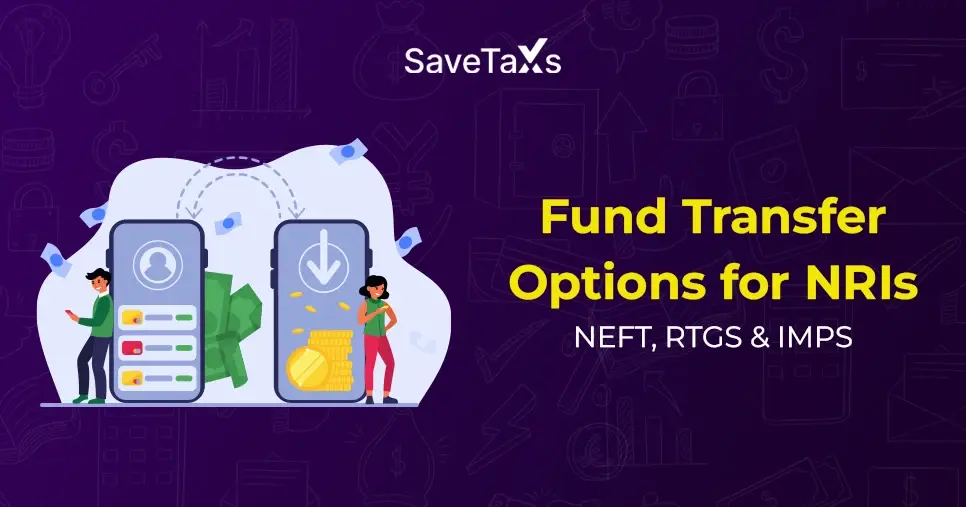
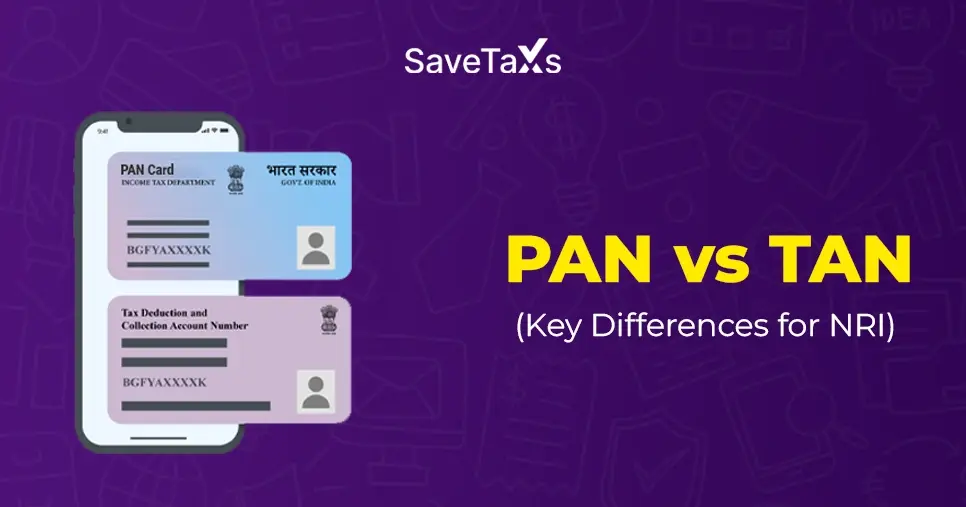
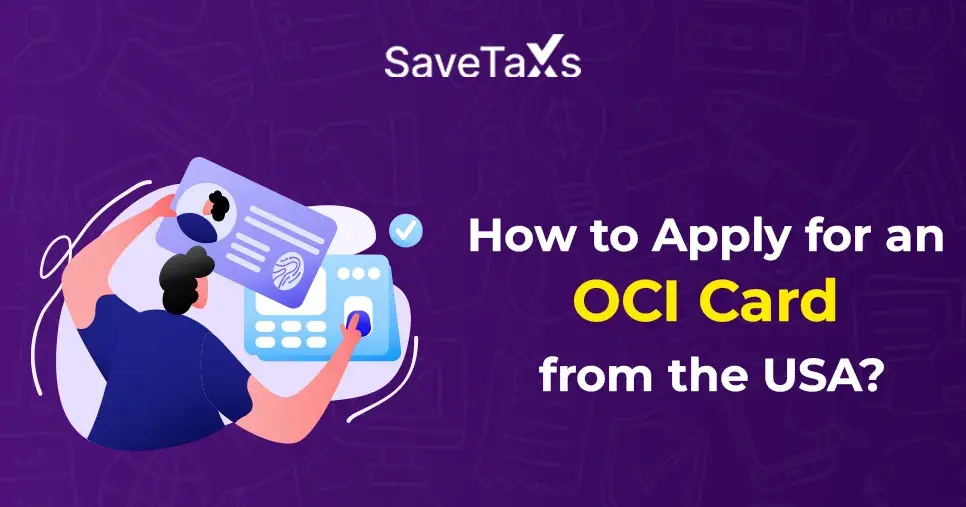
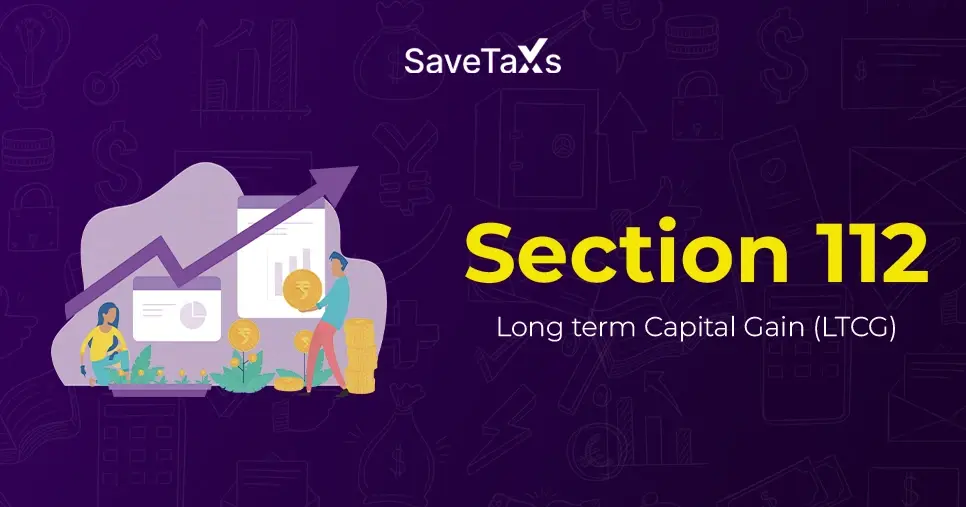
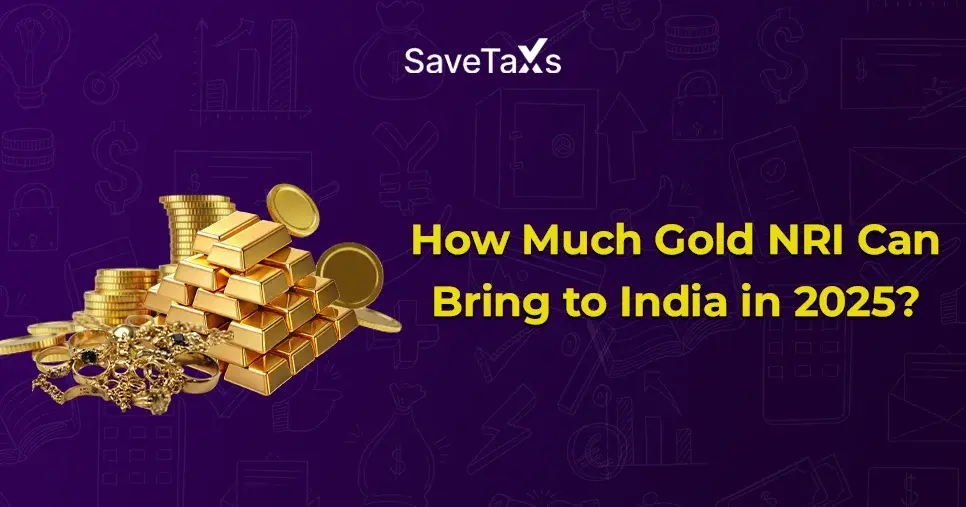
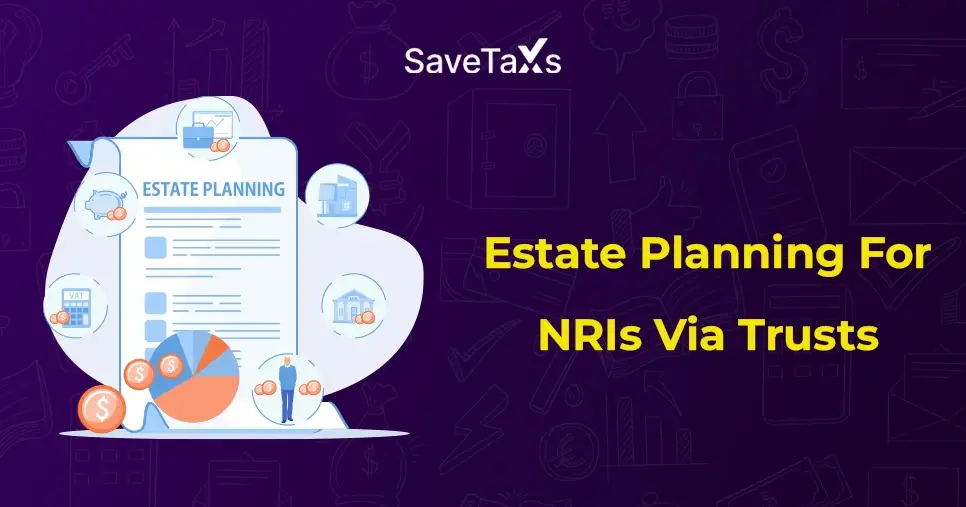
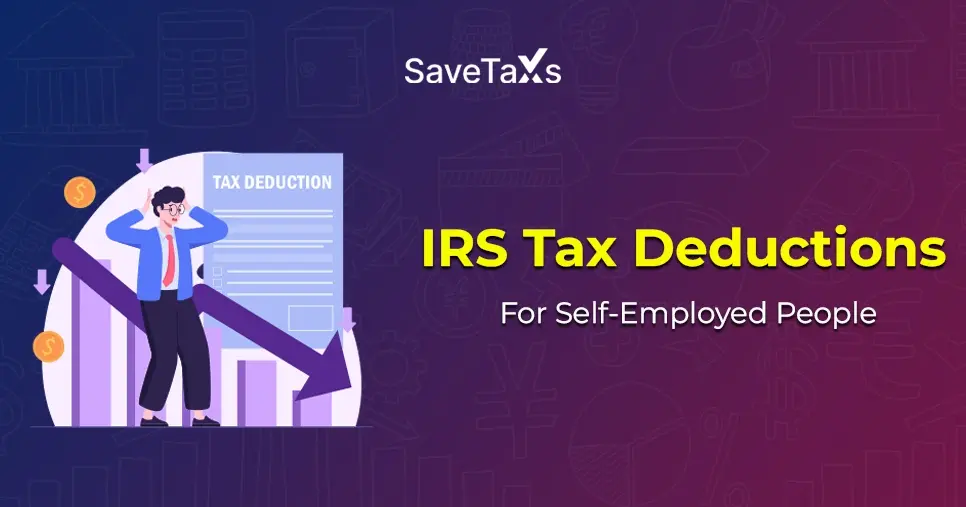
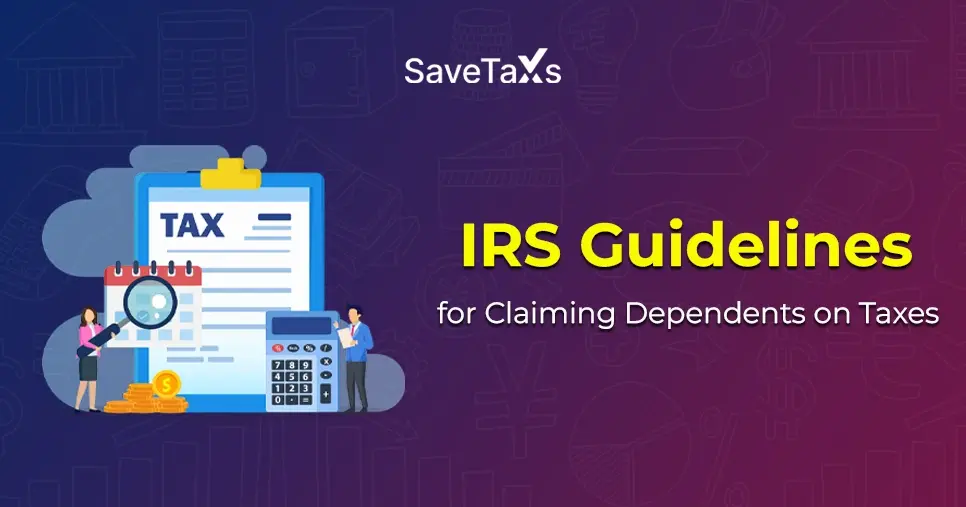
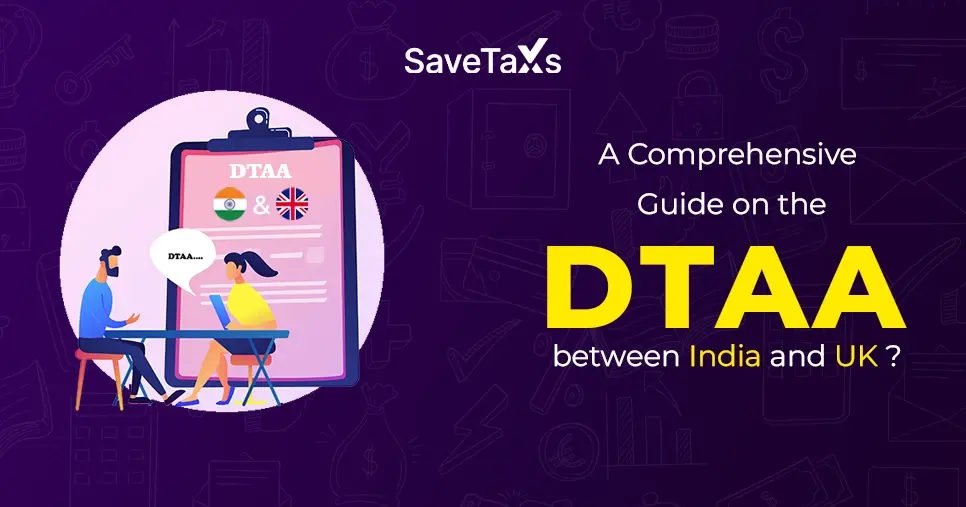
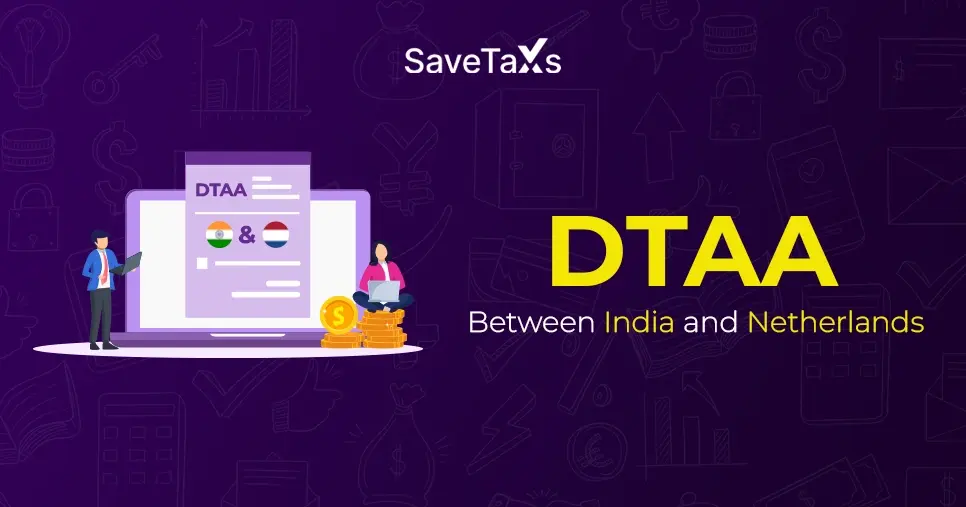
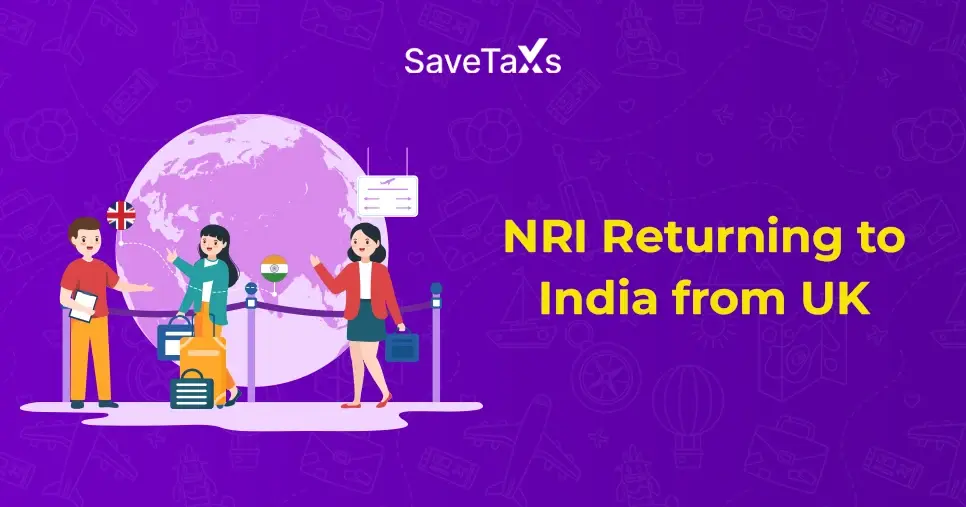
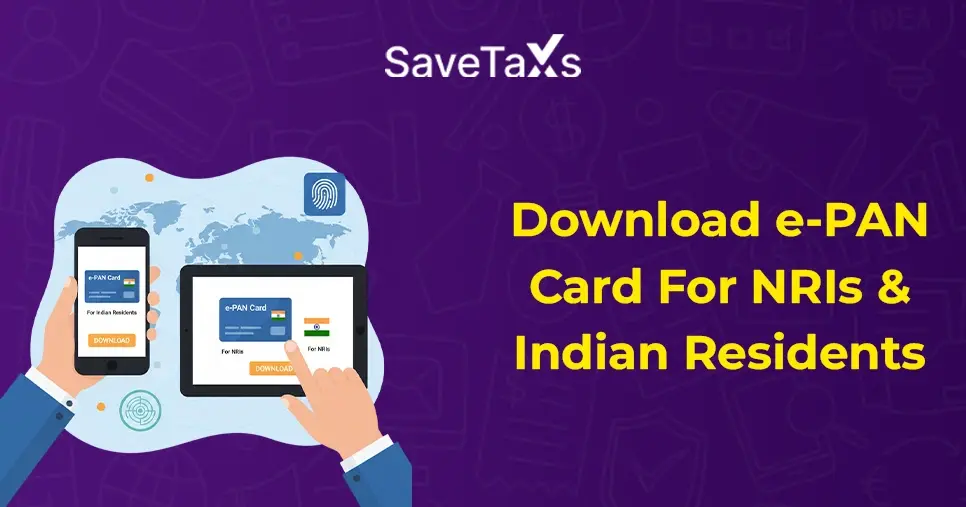
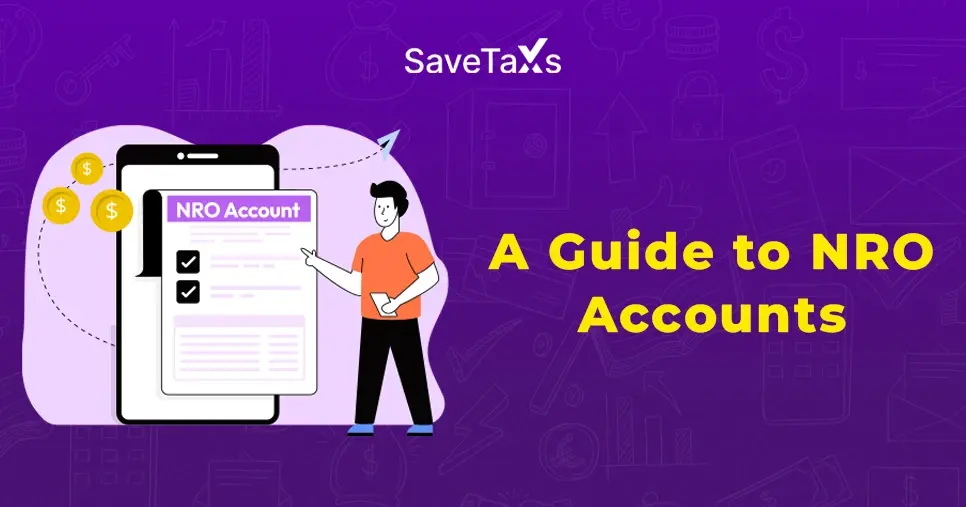

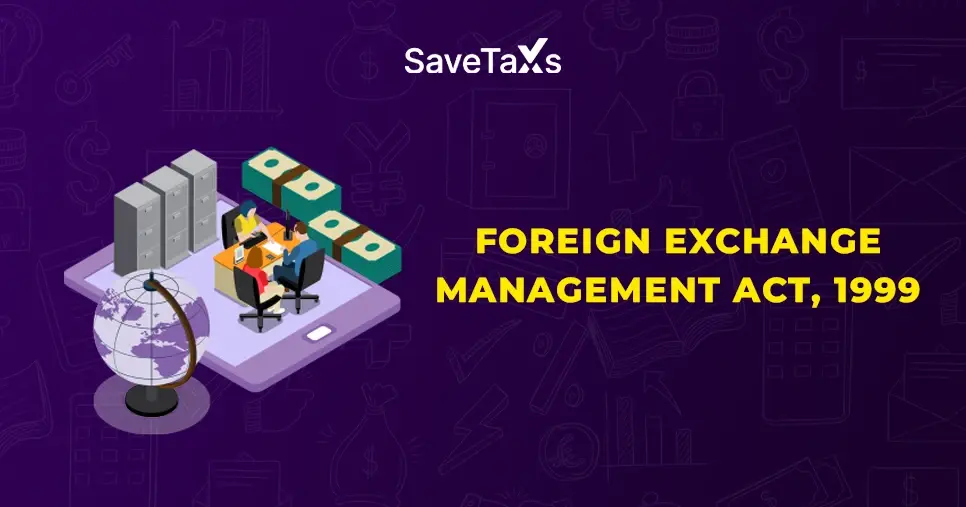
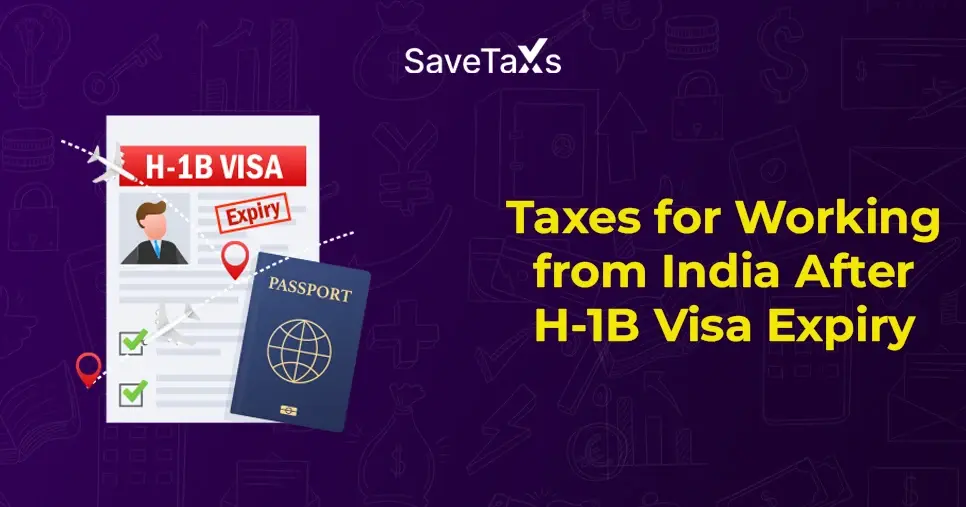
_1763555884.webp)
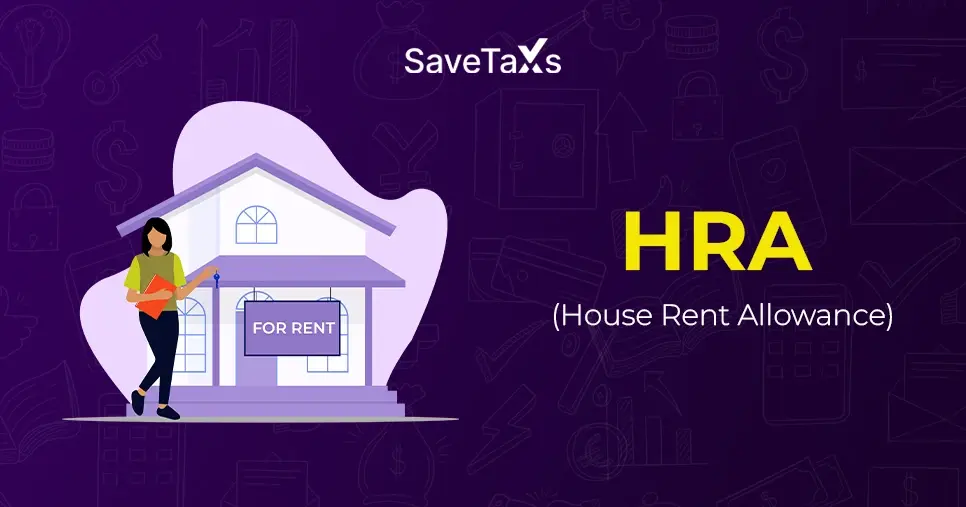
_1764918370.webp)
